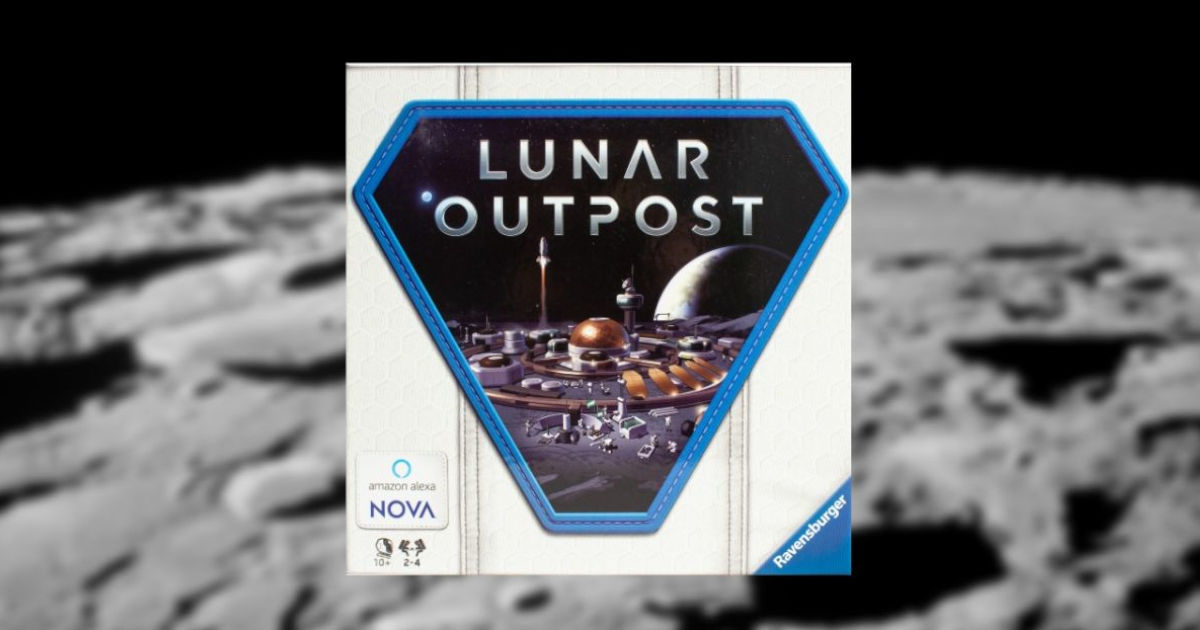A retired NASA astronaut helped create the cooperative board game “Lunar Outpost” which teaches players about the difficulties and importance of establishing a permanent presence on our closest celestial neighbor.
The Challenges of Building a Base on the Moon
Space enthusiasts are eagerly awaiting NASA’s Artemis 1 mission later this summer, which will be the first step to humanity’s return to the Moon. While waiting, they can build up even more hype by playing a fantastic new board game from German game and toy company Ravensburger AG titled “Lunar Outpost.”
The game can be described as a challenging co-op sandbox where players have to work together to build a permanent settlement on the moon. Inspired by the award-winning PBS science series, Nova, players can build various types of habitats, such as a beginner base, habitat colony, scientific lab, research center, or even a factory.
Players will have to play with an Amazon Alexa, which acts as Mission Control, giving tasks and other in-game information. The Alexa will also throw challenges such as power surges, meteorite strikes, oxygen leaks, and other randomized problems that players will have to work together to overcome. If players do not wish to use an Alexa device, they can use the game’s deck of event cards instead.
In order to complete the game fully, players must mine lunar elements to fabricate four inner ring base modules and six middle ring modules before time runs out.
A Real Astronaut Helped Create the Game
In order to make “Lunar Outpost” as realistic as possible, Ravensburger AG enlisted the help of former NASA astronaut Dan Tani. Serving on three NASA space shuttle missions and logging in more than 34 scheduled spacewalk hours during his distinguished career, Tani is a great resource for the game’s developers.
In an interview for Space.com, Tani said he accepted Ravensburger’s invitation to advise on the game because he has an interest in public outreach, education, and games. When asked which elements of “Lunar Outpost” he deemed most important, Tani said he paid close attention to terminology and the engineering aspects of the structure on the moon. “I also wanted to ensure that the visual aspect of the game was engaging and representative of what we think we will eventually send to the moon,” he said. Tani said that “Lunar Outpost” will help bring the idea of a real-life one to a broader audience.
“The moon provides a great “test bed” for technologies, procedures, and techniques that will need to be developed if we are to live outside of Earth,” the former astronaut said. “The Moon is “only” a few days from Earth and provides a “local” place to develop and hone our designs and skills. Equally critical, a Lunar Outpost will provide us a home base to perform revolutionary science on the origins of the moon, and in turn, our solar system and the universe.”

